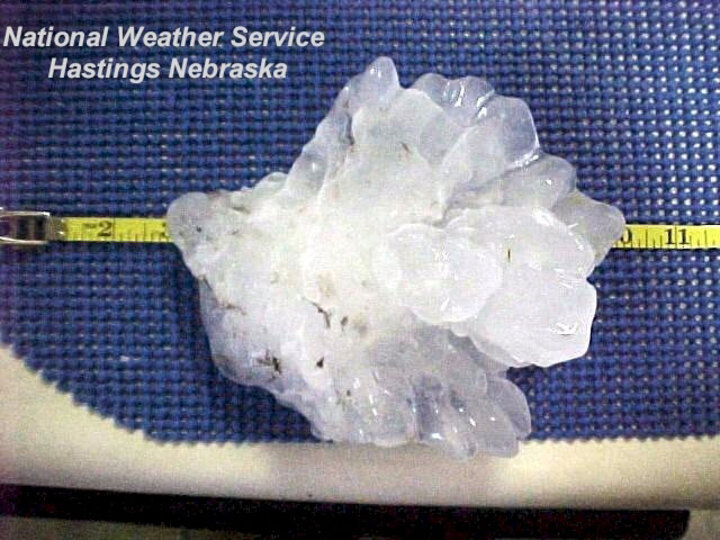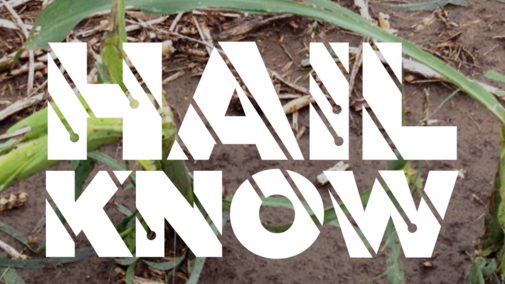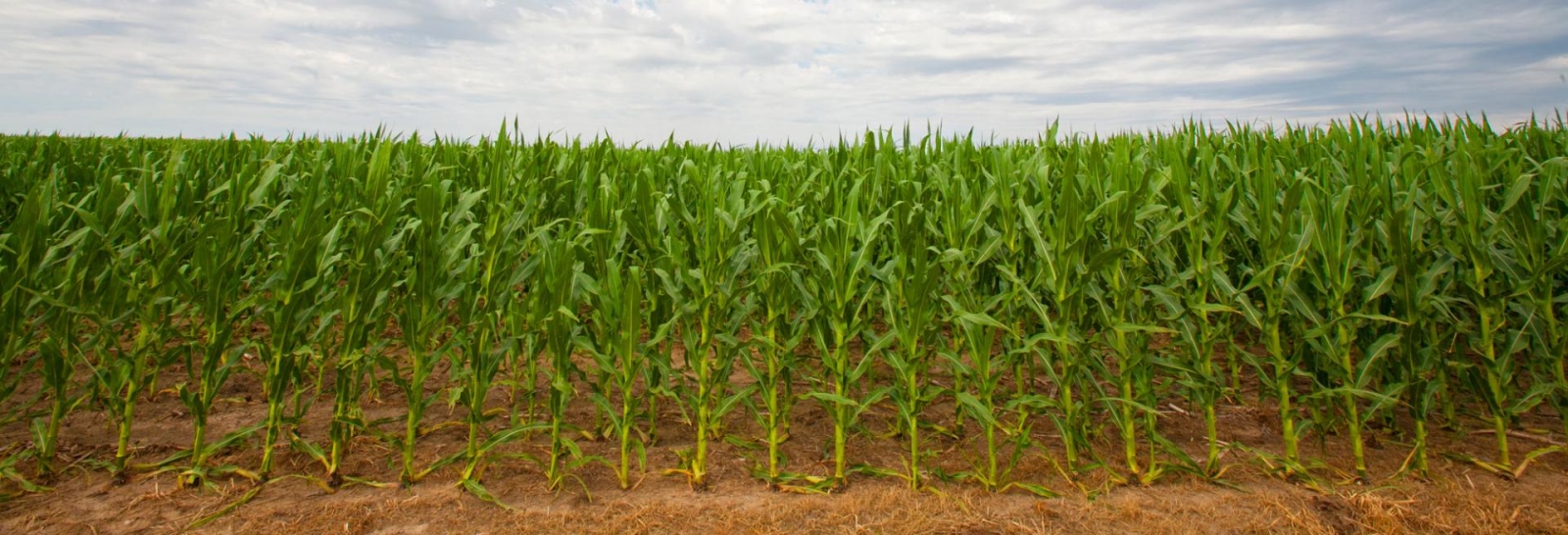Hail strikes Nebraska crops each year, creating uncertainty and questions for farmers: “Does the level of damage warrant replanting or will the remaining stand yield better than a replant would? How should I adjust inputs for the remaining season? Would a cover crop be cost effective?”

The Hail Storm: Why Here? Why Now?
The highest chances for hail on any given day in the U.S. are in late spring and early summer in the Great Plains. The higher elevation of the Great Plains allows the freezing level in the atmosphere to be closer to the ground, which helps hailstones grow larger than in other parts of the country. In Nebraska most hail events occur from May to July.
When hail strikes and growers have questions, Nebraska Extension has new resources to answer them at Hail Know. Videos, infographics, and articles by a team of Extension experts in climate science, agronomy, engineering, agricultural technology, economics, and disaster education have been developed to build upon and expand Extension’s hail-related programs.
Annually, hail causes over $1 billion in economic losses. In Nebraska hail-producing storms are all too common, especially during the planting and growing seasons. Though hail can’t be prevented, farmers, crop consultants, and others can use the information at Hail Know to become better prepared for timely decision-making after hail events.
Hail Know focuses on six key topics:
- hail formation and storms;
- damage assessment;
- crop insurance and risk management;
- replanting considerations;
- managing a recovering crop; and
- cover crops.
In the aftermath of a hailstorm visit Hail Know for the answers and certainty you need to make sound, research-based decisions to manage your crop.
Hail Know is also on social media. Follow @HailKnowUNL on Twitter at https://twitter.com/HailKnowUNL and like Hail Know on Facebook at https://www.facebook.com/HailKnowUNL/ for all the latest information and updates.
Hail Know is a section of CropWatch.unl.edu, Nebraska Extension’s crop production and crop pest management website.
The development of Hail Know was funded by a USDA National Institute of Food and Agriculture (NIFA) Smith-Lever Special Needs Grant with matching funds from the University of Nebraska-Lincoln.

